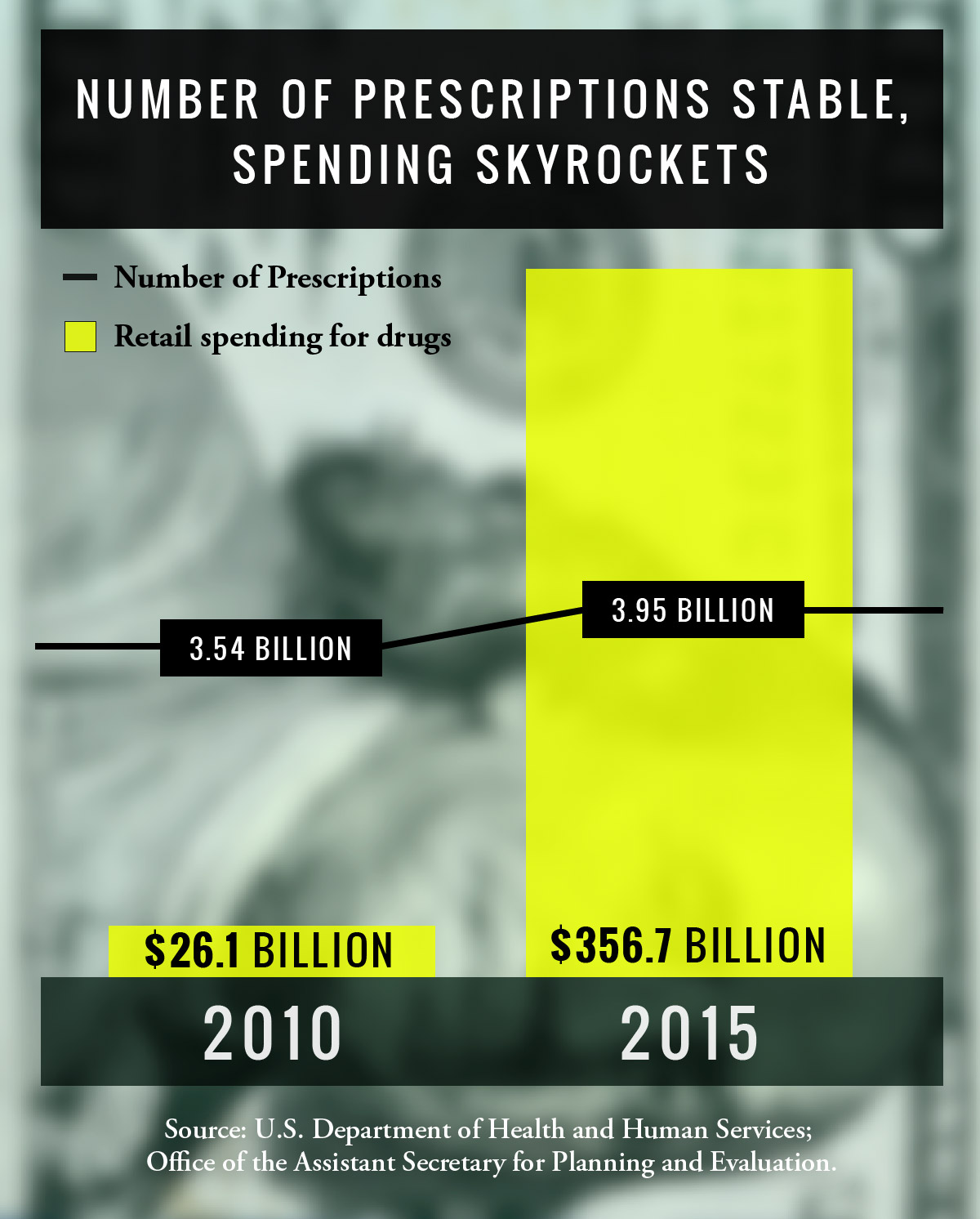Health care costs are rising, and consumers are feeling the brunt of it.
Between 1991 and 2009, prescription drug costs rose an average of 8.5 percent per year, a rate far higher than inflation. And prices are not only higher, but they are also perplexing. According to a 2015 Health Care Cost Institute study, prices range wildly from state to state, and even city to city. For example, average knee replacement costs in Oregon are $9,902 more than the national average.
While many consumers feel helpless in the uphill battle against rising costs, they can actually play a critical role in lowering their own costs.
Educated and engaged consumers are shown to have lower health care costs—between 8 and 21 percent lower, on average. New tools and technology are helping consumers to understand their health care costs and empower them to shop and compare prices among different providers.
Thankfully, consumers aren’t alone in raising their voice. Consumer advocacy groups, like Voices for Affordable Health, sponsored by Cambia Health Solutions, are calling for affordable, consumer-centric and economically sustainable health care. Cancer survivor Ann Bergan shared her experience with the Voices campaign:
“My advice to others is to make sure you know what your costs are going to be ahead of time. You don’t have to go in blind. They (doctors, hospitals and other providers) may not be able to give you an exact amount, but they know generally.”
Want to learn more about controlling consumer health care costs? Check out the following articles:
- How consumers can help control rising health care costs, Portland Business Journal
- Pharmacy sticker shock: Find out what you can do to combat high drug prices, Oregon Live
- Confident, involved patients get better care, lower costs, Voices for Affordable Health
